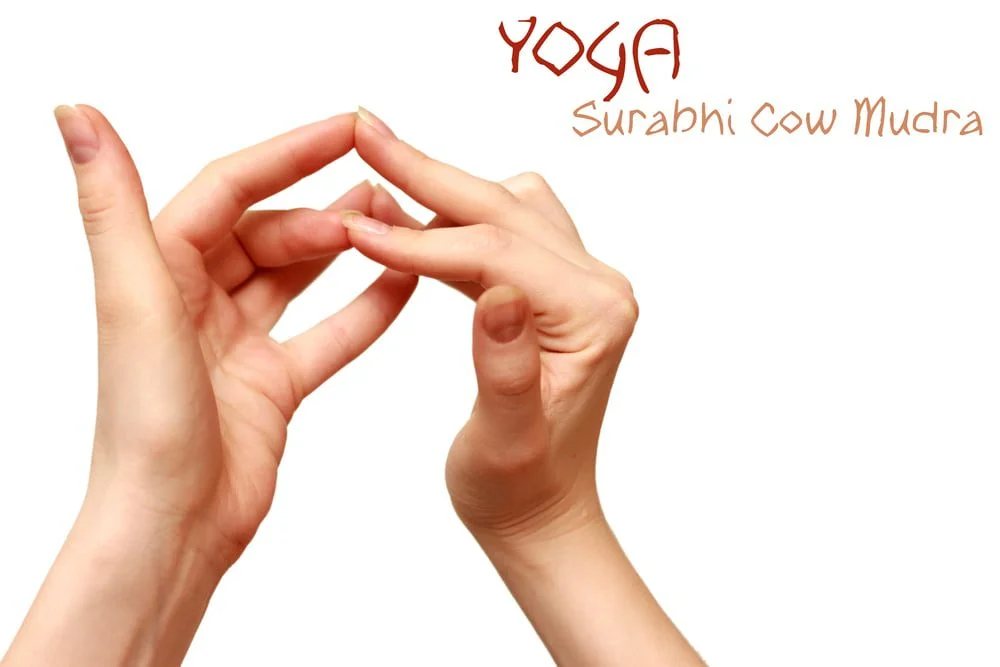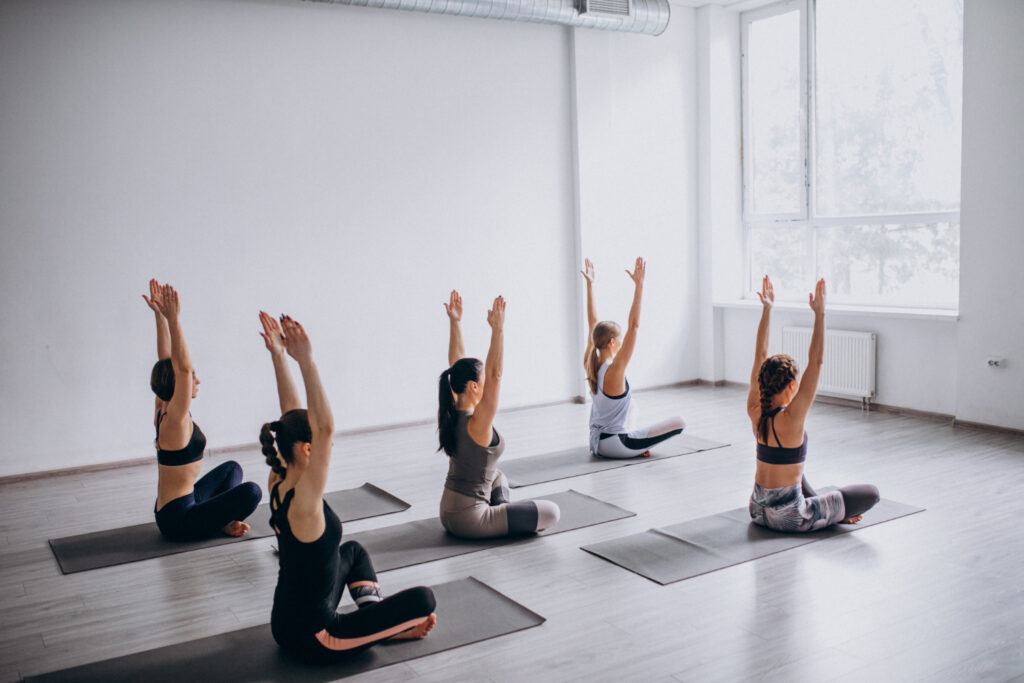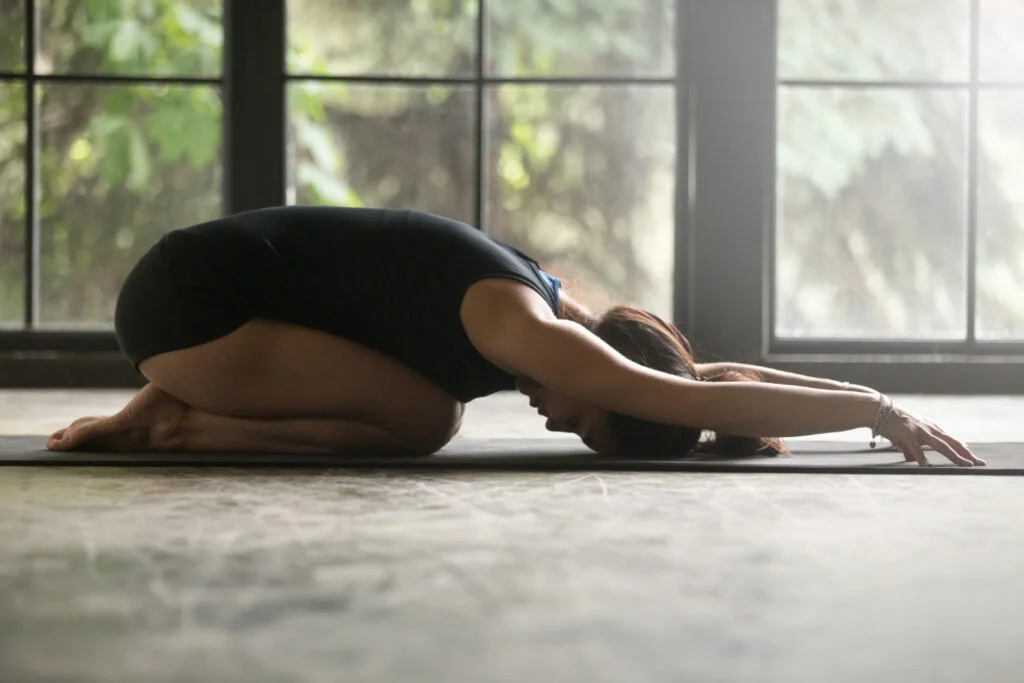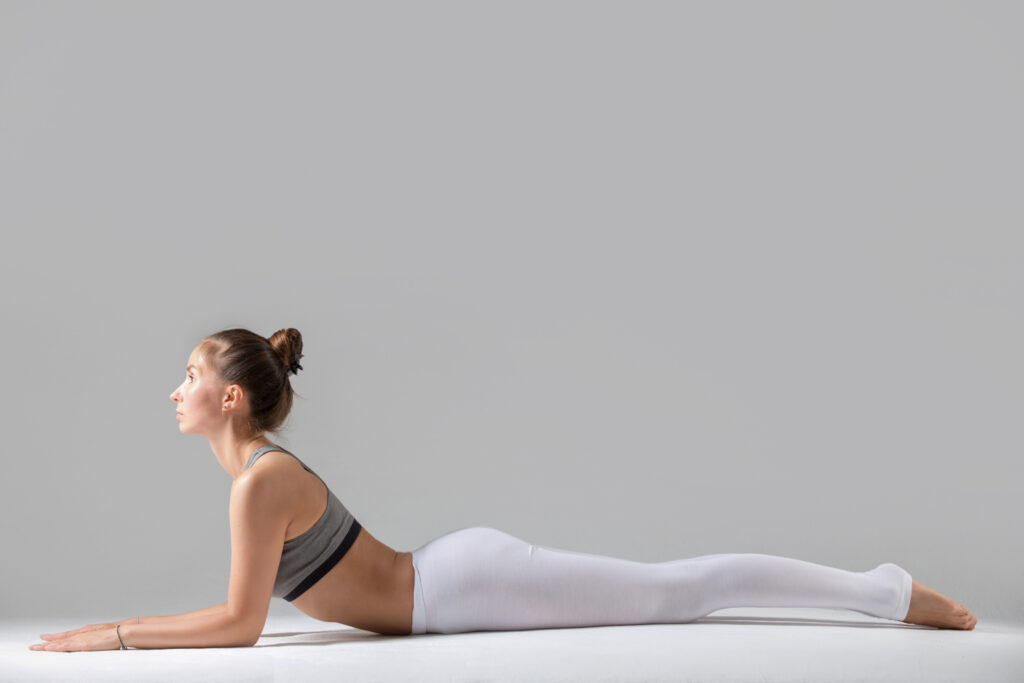Lower back pain is a common issue affecting millions of people worldwide. Whether caused by poor posture, a sedentary lifestyle, or muscle imbalances, lower back pain can impact daily activities and overall quality of life. Fortunately, stretching exercises can help relieve pain, improve mobility, and strengthen the lower back. This article will explore the best lower back stretches, their benefits, and expert-backed insights to keep your spine healthy.
Why Stretching is Essential for Lower Back Health?
Stretching plays a vital role in maintaining flexibility, reducing muscle stiffness, and preventing injuries. The lower back, also known as the lumbar spine, supports most of your body weight. When tight or weak, it can lead to discomfort, limited movement, and even chronic pain. Regular stretching:
- Enhances Flexibility – Keeps muscles loose and prevents stiffness.
- Reduces Pain – Relieves tension in muscles that contribute to back pain.
- Improves Posture – Helps align the spine and reduces the risk of slouching.
- Promotes Blood Flow – Encourages circulation, which aids in healing and recovery.
Best Lower Back Stretches.
Here are the most effective lower back stretches that can be performed daily to reduce pain and enhance mobility.
1. Child’s Pose.
“A simple stretch with powerful benefits.” Child’s pose is a relaxing stretch that targets the lower back, hips, and thighs.
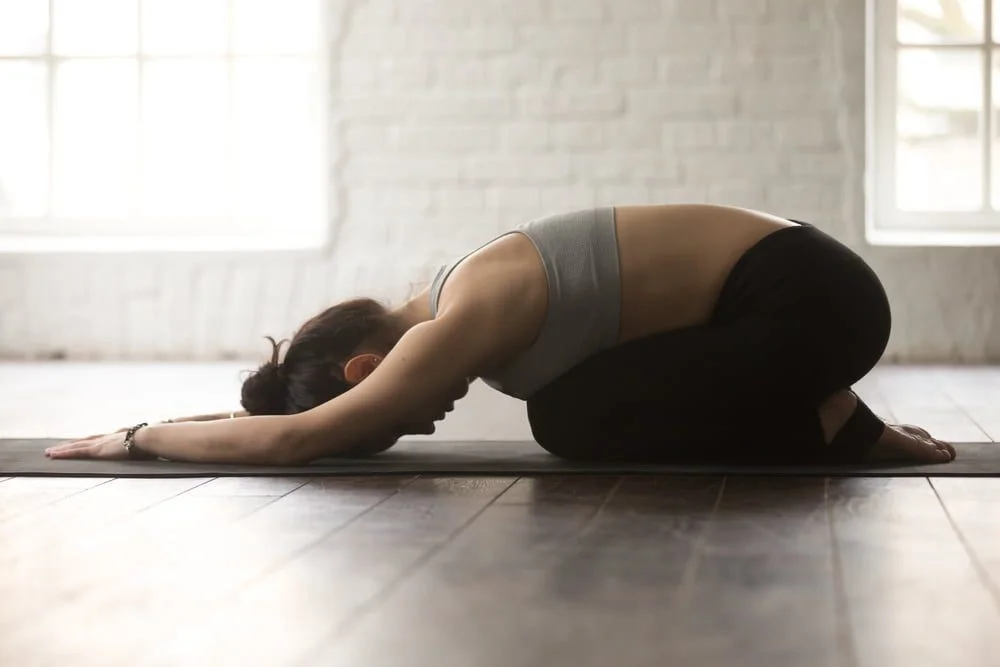
How to Do It:
- Kneel on the floor with your big toes touching and knees apart.
- Lower your torso forward and stretch your arms out in front of you.
- Rest your forehead on the floor and relax your body.
- Hold for 30-60 seconds and repeat as needed.
2. Cat-Cow Stretch.
“Flow through movement to relieve tension.” This dynamic stretch improves spinal flexibility and reduces stiffness.
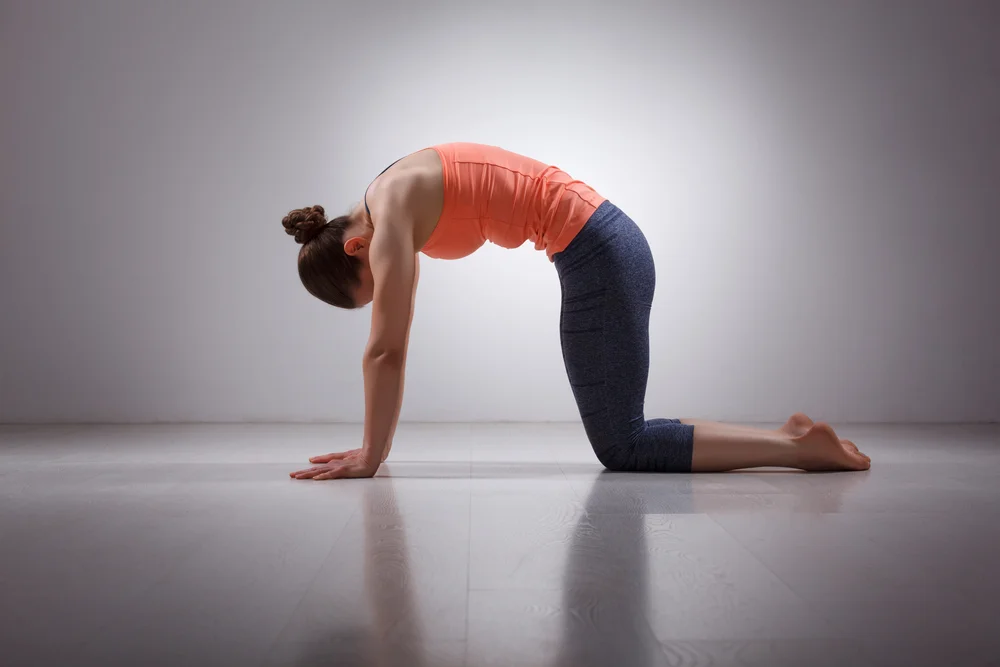
How to Do It:
- Get on all fours with your wrists under shoulders and knees under hips.
- Inhale, arch your back, and lift your head (Cow Pose).
- Exhale, round your back, and tuck your chin (Cat Pose).
- Repeat for 10-15 repetitions.
3. Knee-to-Chest Stretch.
“A gentle pull to ease lower back tension.” This stretch helps relieve tightness and enhances spinal flexibility.
How to Do It:
- Lie on your back with knees bent and feet flat on the floor.
- Bring one knee to your chest while keeping the other foot on the floor.
- Hold for 20-30 seconds, then switch sides.
- Repeat 2-3 times on each leg.
4. Seated Spinal Twist.
“Twist to unlock tightness and improve mobility.” This stretch increases spinal rotation and relieves lower back stiffness.
How to Do It:
- Sit on the floor with legs extended.
- Bend one knee and place the foot outside the opposite thigh.
- Place the opposite elbow outside the bent knee and twist your torso.
- Hold for 20-30 seconds, then switch sides.
5. Cobra Stretch.
“Extend and strengthen your lower back.” This stretch helps strengthen the lower back and improve flexibility.
How to Do It:
- Lie face down with hands under your shoulders.
- Press into your palms and lift your upper body while keeping hips on the floor.
- Hold for 15-30 seconds.
- Repeat 2-3 times.
6. Standing Hamstring Stretch.
“Stretch your hamstrings to support your lower back.” Tight hamstrings can contribute to lower back pain. This stretch helps relieve tension.
How to Do It:
- Stand with feet hip-width apart.
- Bend at the waist and reach for your toes.
- Hold for 20-30 seconds, keeping your knees slightly bent.
- Repeat as needed.
7. Pelvic Tilt.
“A simple movement for core stability.” This exercise strengthens the lower back and core muscles.
How to Do It:
- Lie on your back with knees bent and feet flat.
- Tighten your abs and press your lower back into the floor.
- Hold for 5-10 seconds, then release.
- Repeat 10-15 times.
| 💡 Experts Point of View. To gain deeper insights, we interviewed Dr. Emily Carter, a physical therapist specializing in spinal health. Q: Why is stretching important for lower back pain relief? A: “Stretching helps reduce muscle tightness, which is a common cause of lower back pain. It also improves blood flow, allowing nutrients to reach muscles and promote healing.” Q: How often should people stretch their lower back? A: “Daily stretching is ideal. Even 5-10 minutes per day can make a significant difference. If you sit for long periods, take breaks to stretch every hour.” Q: Are there any precautions to consider? A: “Always listen to your body. Avoid bouncing during stretches and hold each position gently. If pain increases, stop immediately and consult a professional.” |
Scientific Evidence Supporting Stretching.
Several studies highlight the benefits of stretching for lower back pain:
- A study published in the Journal of Orthopaedic & Sports Physical Therapy found that individuals who performed daily stretching experienced a 32% reduction in lower back pain.(1)
- Research in the Spine Journal suggests that flexibility exercises can reduce the risk of chronic lower back conditions by improving spinal alignment and mobility.(2)
- According to the American College of Sports Medicine, regular stretching can enhance functional movement and prevent injuries.(3)
Frequently Asked Questions.
Aim for 20-30 seconds per stretch and repeat 2-3 times for optimal results.
While stretching helps, combining it with strength training, good posture, and ergonomic adjustments provides the best results.
Avoid deep forward bends if you have a herniated disc or severe pain. Always consult a healthcare professional before trying new exercises.
Yes! Yoga poses like Downward Dog, Child’s Pose, and Cat-Cow are excellent for relieving lower back pain and improving flexibility.
Bottom Line.
Lower back pain can be debilitating, but regular stretching can help alleviate discomfort and improve mobility. Incorporating these stretches into your daily routine can keep your lower back strong, flexible, and pain-free. If pain persists, consult a medical professional for a personalized approach. Start stretching today and experience the benefits of a healthy, flexible spine!
+1 Source
FitMeMore has strict sourcing guidelines and relies on peer-reviewed studies, educational research institutes, and medical organizations. We avoid using tertiary references. You can learn more about how we ensure our content is accurate and up-to-date by reading our editorial policy.
- Low Back Pain; https://www.jospt.org/doi/10.2519/jospt.2012.42.4.A1
- Evaluating the effectiveness of six exercise interventions for low back pain: a systematic review and meta-analysis; https://pmc.ncbi.nlm.nih.gov/articles/PMC12045001/
- Physical Activity Guidelines; https://acsm.org/education-resources/trending-topics-resources/physical-activity-guidelines/
How we reviewed this article:
Our team of experts is always monitoring the health and wellness field, ensuring that our articles are updated promptly as new information emerges. See Our Editorial Process
May 14, 2025
Written By: Sarah Waskevich
Written By: Sarah Waskevich

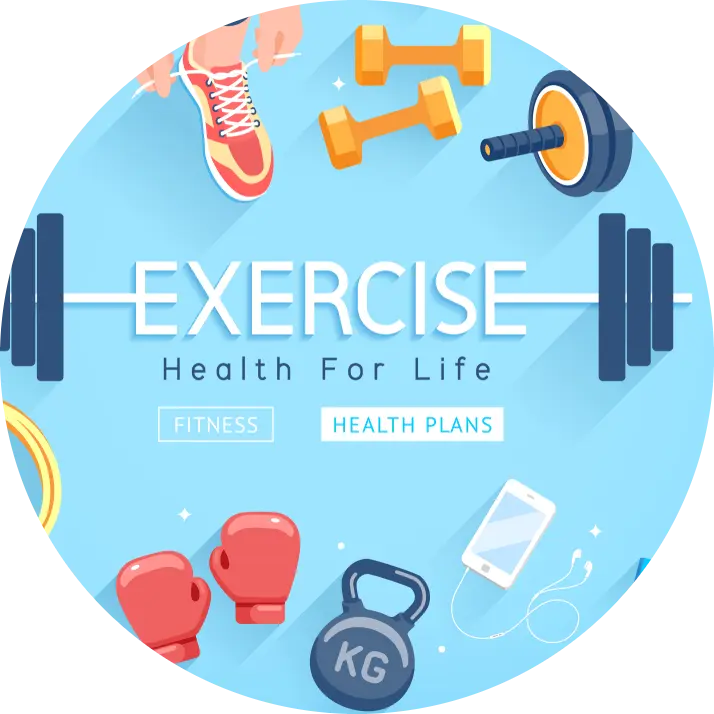 Workout
Workout
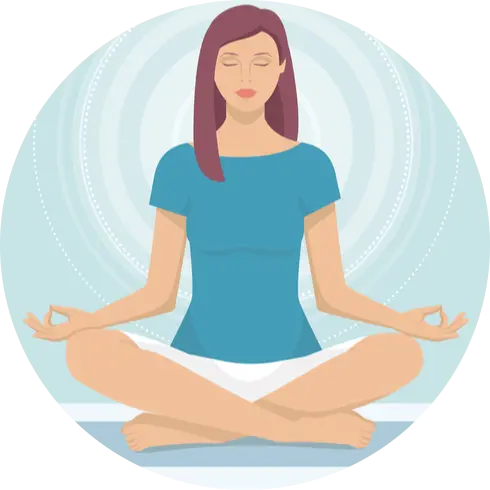 Meditation
Meditation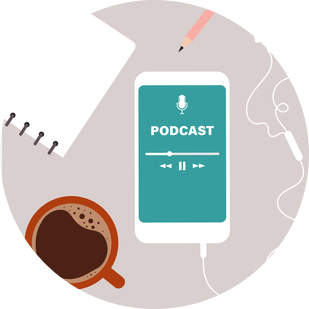





 Contact Us
Contact Us



